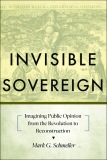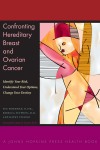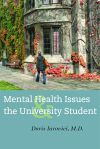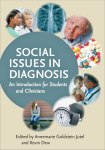We are pleased to announce that Tiffany Gasbarrini will join Johns Hopkins University Press as senior acquisitions editor for Life Sciences. Ms. Gasbarrini comes to the press with notable publishing experience and an impressive record of book acquisitions in STEM fields.

Tiffany was Senior Acquisitions Editor at Elsevier Science & Technology, Inc., where she founded their Renewable Energy publishing program. After 13 years with Elsevier, she took on the role of Senior Acquisitions Editor, Energy and Sustainability, for Springer Nature Group, where she built a diverse portfolio of trade titles, professional references, textbooks, scientific journals, and research monographs. Her expertise focuses on creating impactful Science and Technology book lists through market research-driven analysis of content assets, the development of strategic business plans, and thoughtful collaborations with world-class authors.
Tiffany will take on the Hopkins list in Life Sciences, with special focus on mammalogy, ornithology, ichthyology, herpetology, paleontology, evolutionary biology, wildlife science, and systems ecology.
Ms. Gasbarrini has a degree in literature from Mount Holyoke College, with coursework in publishing at Emerson College and the Publishing Training Centre in Oxford, UK. In her spare time, she enjoys botany, twentieth-century poetry, fantasy/sci-fi, kayaking, scuba diving, and big dogs.
Established in 1878, Johns Hopkins University Press is America’s oldest university press and one of the world’s largest, publishing 90 scholarly journals and nearly 175 new books each year. The Press also manages Project MUSE, the acclaimed online collection of scholarly journals and books.
Tiffany replaces Vincent Burke, long-time executive editor, who retired from the Press earlier this year. Tiffany resides with her family in Massachusetts.
Johns Hopkins University Press is very pleased to welcome a senior editor with the energy, professionalism, and entrepreneurial spirit that Tiffany Gasbarrini has shown.
Please join us in welcoming Tiffany to the Press and to the wider university community.
















You must be logged in to post a comment.